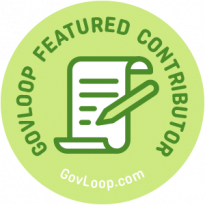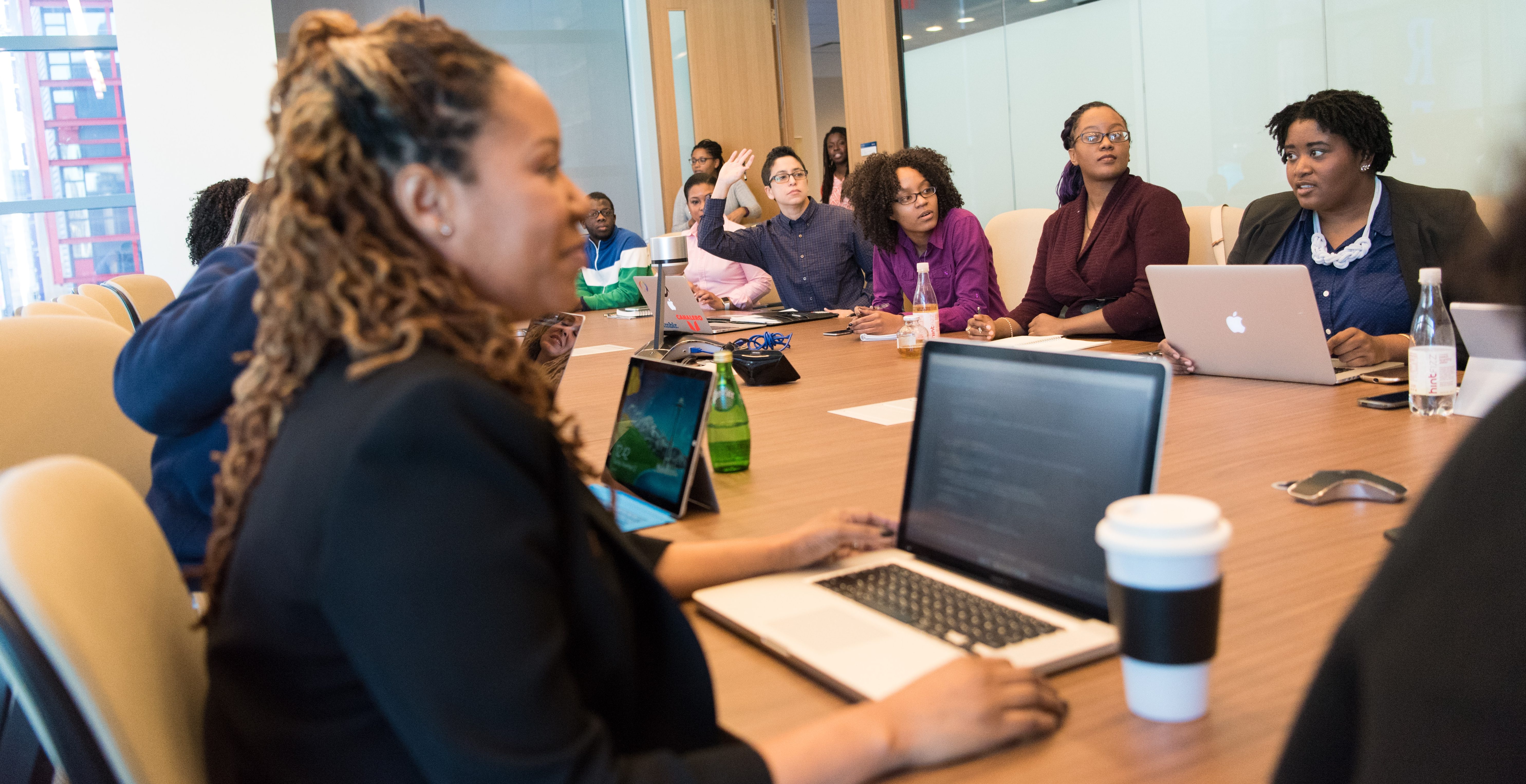 Incorporating diversity, equity and inclusion (DEI) in our work culture is one way in which my organization, the Institute for Public Strategies (IPS), affirms our commitment as authentic partners to marginalized populations. Being an ally – someone who intentionally acts to build trust and relationships with marginalized groups of people because of their race, age, sexual orientation or socioeconomic background – must start with embracing DEI in our own organizational culture.
Incorporating diversity, equity and inclusion (DEI) in our work culture is one way in which my organization, the Institute for Public Strategies (IPS), affirms our commitment as authentic partners to marginalized populations. Being an ally – someone who intentionally acts to build trust and relationships with marginalized groups of people because of their race, age, sexual orientation or socioeconomic background – must start with embracing DEI in our own organizational culture.
Over a year ago, our organization set out to redefine our core values, mission and vision statement. This was an important first step to our new CEO, who had a clear vision of the direction she wanted to take our agency. We all met at a retreat over three days in the mountains of Southern California, spending hours talking about what we do, why we do it, and how we can do it better going forward.
I knew, of course, that our day-to-day work included work around substance use, harm prevention, crime prevention and nutrition. We advocate for policies and systems changes. We help communities organize to become leaders and change-makers who create the type of neighborhoods we all want to live in.
But from that retreat, I understood that our organization’s goal can be larger than that: For communities to truly be healthy, safe and vibrant, we must confront social justice and make it integral in the work that we do.
To begin on this path, we had to start with our own internal organizational culture. We formed an equity committee to help steer us forward; conducted a survey that gauges all employees’ perception of DEI at our agency; participated in trainings that helped us understand systemic racism and determine ways to include DEI in our work in the community; and actively sought out opportunities that were equity-focused.
At the forefront of our efforts is Sarah Blanch, vice president of organizational development. In this following Q&A, she discusses DEI and how our organization is addressing it.
Why is DEI important for an organization?
As a non-profit that partners with communities to create health, safety and opportunity, we have seen up close that disparities are driven by systemic inequities. These can greatly influence the outcomes of people’s lives, from income to longevity. For this reason, it is imperative for us to build the core values of diversity, equity and inclusion (DEI) into our operations so that we can model these values.
Equally as important, we believe that by making DEI a priority, every aspect of our organization will benefit. Research indicates that organizations with strong DEI values and practices have more engaged and happy employees who perform better. Diverse teams are more innovative and make better decisions.
A diverse staff that reflects inclusivity is also vitally important in allowing for us to engage with the communities we serve in a meaningful and authentic way.
What is our organization doing to add more diversity?
In approaching DEI, we believe it isn’t enough to create new policies and procedures. We are striving to build these values in from the ground up, with inclusive processes that incorporate everyone’s perspectives. Through brown bag discussions and group strategy sessions, we’ve collectively created a new mission, vision, and core values statements that enshrine DEI. We have formed an employee Equity Committee to develop benchmarking strategies and training plans.
With these strong foundations in place, we are now engaging with an equity consultant with authentic experience to extend this foundation through every aspect of our organization. This process will include conducting focus groups with executives, the board and staff, optimizing policies to ensure they’re aligned with our commitment to DEI (including hiring and recruitment), and finally, developing strategies that will result in the full integration of DEI into our internal policies and practices as well as our external fieldwork.
We recognize that making a fundamental organizational shift to incorporate DEI is not a short-term process. We are committed to doing the work necessary to build in the values of DEI and even then, we consider it a starting point.
How does our organization measure DEI?
Benchmarking our progress is an integral part of our DEI initiative. At the outset, our internal Equity Committee developed and administered – via a third-party evaluator – a comprehensive survey that measured employees’ baseline knowledge and comfort level with DEI concepts as well as their perceptions of IPS’ organizational effectiveness across a range of DEI metrics. In addition to focus groups, this quantitative and qualitative analysis will provide a benchmark upon which we can prioritize goals, measure impact and ensure accountability over time.
We believe that measuring DEI will not only increase employees’ satisfaction with the process, it will also provide objective data to inform our understanding of our challenges and opportunities as an organization.
Is there an existing program that IPS is replicating that promotes the incorporation of DEI in the organization?
We are not following any existing program to incorporate DEI. However, DEI has become a priority for organizations around the country and world, and rightly so. DEI is at the center of organizational development. We are doing our best to consider a variety of research and case studies to inform our own approach to integrating DEI at IPS. There are numerous conferences, blogs and research articles that are widely available and extremely useful for organizations looking to meaningfully bring DEI into their workplace.
Meredith Gibson is a GovLoop Featured Contributor. She uses the power of media advocacy and geographic information systems to promote systems and policy changes that contribute to healthy, safe and vibrant communities in San Diego County. Meredith is a media director at the Institute for Public Strategies, a non-profit organization that addresses equity in public health, particularly around substance abuse prevention. She writes news releases, collaborates on opinion editorials and pitches ideas and spokespersons to news outlets, amassing media coverage at the local and national levels. She also authors story maps and analyzes spatial data to inform policy decisions.





Leave a Reply
You must be logged in to post a comment.